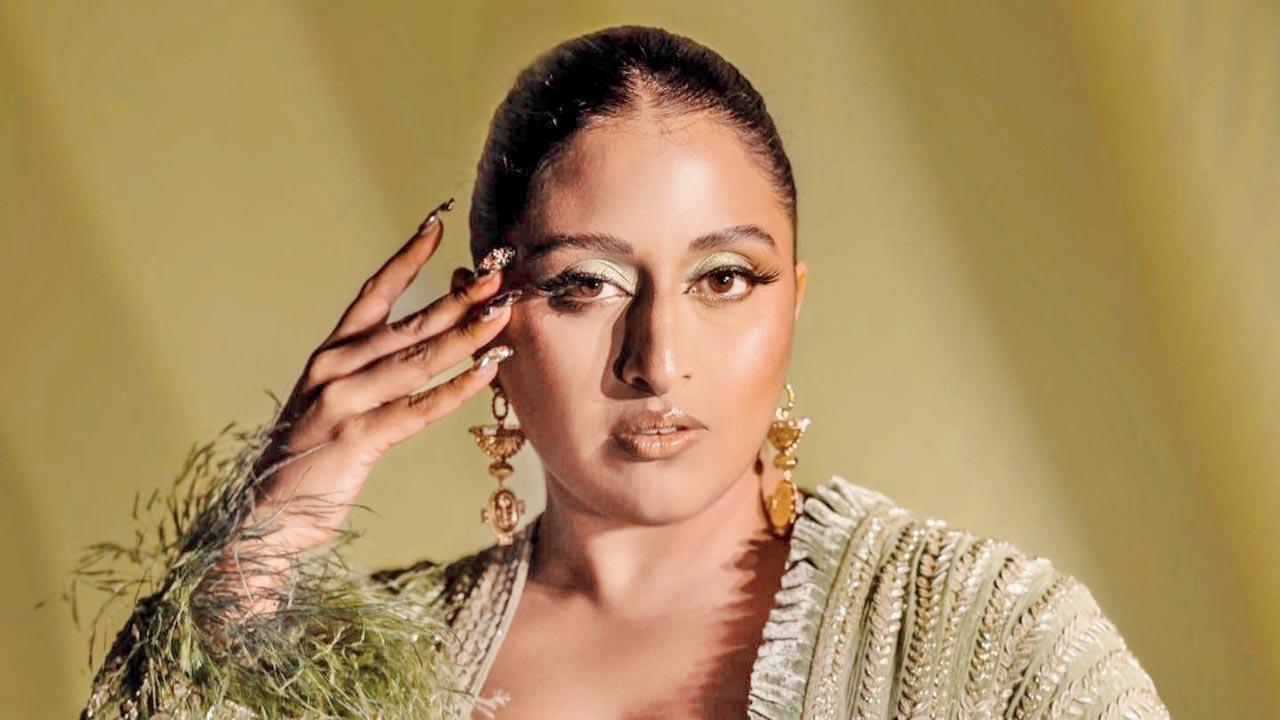In the city to film a song for her latest album, four-time Grammy nominee Raja Kumari on the urgent need to address gender bias in music

Raja Kumari
Months after releasing her latest album, The Bridge, Raja Kumari arrived in India to film the video for the song, No nazar. It is an unusual approach, but then, when has Kumari ever abided by convention? In this interview, the four-time Grammy nominee discusses making music to heal herself during the pandemic, and bringing to life a song that she was told to “sell to Beyonce or Rihanna”.
ADVERTISEMENT
Edited excerpts from the interview.
It’s not usual for singers to record videos of songs after their release. What brought you to Mumbai to do this?
I wanted to do something different with this album. It took me three years to make it. In the past, I would release the audio and video together, but, for this one, we decided to try something else. [A video is crucial] because it is there that my real identity is shown, and I can talk about how I see the world. This is a project about transition — of what’s going on in [an artiste’s life]. I’m returning [with] the grandeur and glory of the pre-pandemic period. I had some visions, and I’m finally seeing them [come to life].
What went through your mind while writing this album?
I focused on making music that healed me. During the pandemic, I was exhausted. So, I made this for myself. During the darker times, I was still aware of my dharma. There’s an acceptance in this album, which is courageous. Five years ago, people told me to sell this song to Beyonce, or Rihanna, but I wanted to do it myself.
What is your opinion on the Hip-Hop culture in India?
It is great. But if I say, enough has happened, it’s not true. There are not enough female artistes in the Hip-Hop industry, as of now. I’ve seen the Hip-Hop scene in Delhi, Punjab, and Bombay, but, what I want is diversity in the music, and more female artistes in the space. People are influenced by the culture of the West, but India is making its own identity. This is good.
You’ve collaborated with phenomenal artistes like the late Sidhu Moosewala, AR Rahman, and John Legend. What is the difference in their approach?
Every artiste I’ve worked with has helped me in my career. Rahman tries to push new artistes as much as he can. As for working with John Legend, we took only four hours to record our song. I messaged Sidhu in 2018. Subsequently, I sent him my vocals and he sent me his. Out of nowhere, he posted the cover art. It was very special.
 Subscribe today by clicking the link and stay updated with the latest news!" Click here!
Subscribe today by clicking the link and stay updated with the latest news!" Click here!







